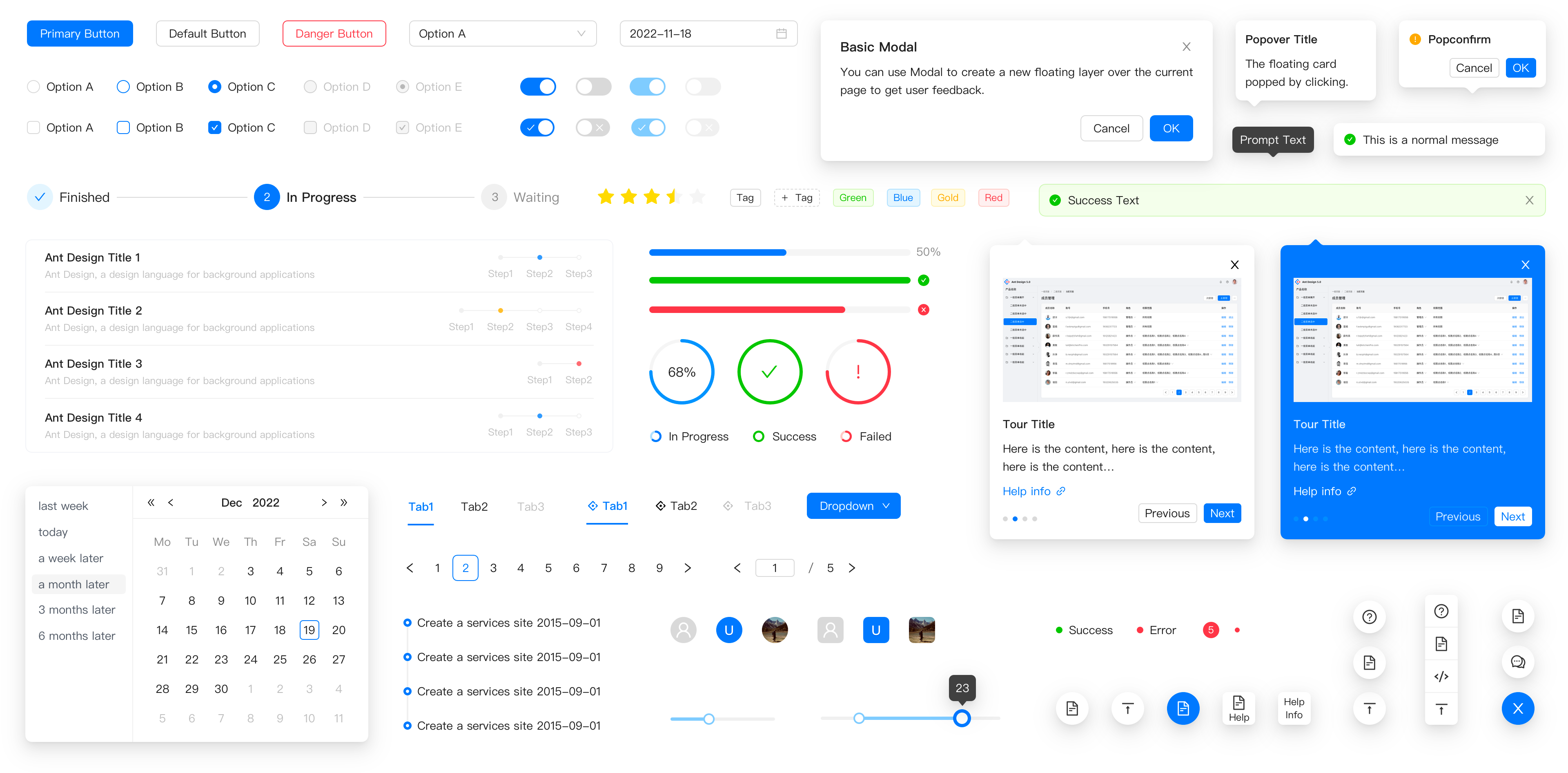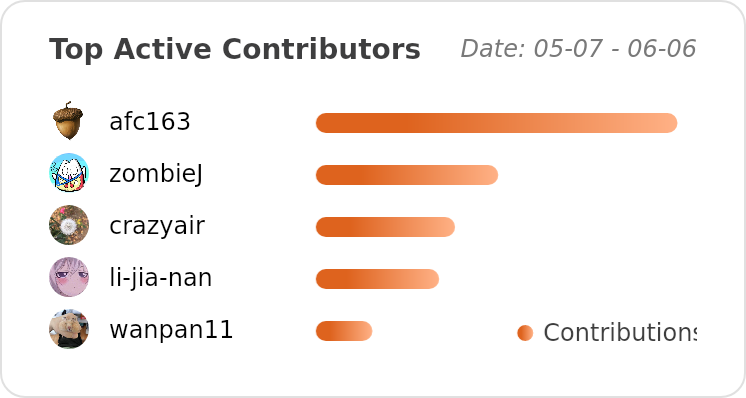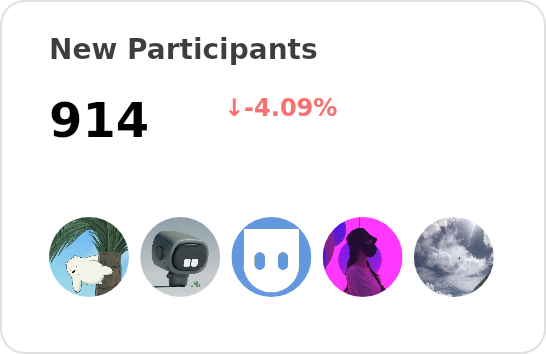Design Philosophy
- antd:
Ant Design follows a design language that prioritizes clarity and usability, making it ideal for complex enterprise applications. It offers a comprehensive design system with guidelines that help maintain consistency across components, ensuring a cohesive user experience.
- reactstrap:
Reactstrap leverages Bootstrap's design principles, focusing on simplicity and responsiveness. It allows developers to use Bootstrap components in a React-friendly way, making it easy to create visually appealing layouts without extensive customization.
- @coreui/react:
@coreui/react is designed with a focus on simplicity and ease of use, providing a clean and modern aesthetic suitable for admin dashboards. It emphasizes responsiveness and customization, allowing developers to create tailored solutions without heavy constraints.
- material-ui:
Material-UI is built around Google's Material Design, which emphasizes a clean and intuitive user interface. It provides components that are visually appealing and designed for optimal user interaction, making it an excellent choice for applications that require a modern look.
Component Variety
- antd:
Ant Design provides a comprehensive set of components that cover a wide range of use cases, from basic UI elements like buttons and forms to complex components like tables and modals. This extensive library makes it suitable for building feature-rich applications.
- reactstrap:
Reactstrap includes a limited but essential set of Bootstrap components, making it easier for developers to implement common UI elements like buttons, modals, and tooltips without needing to write custom styles.
- @coreui/react:
@coreui/react offers a variety of components specifically tailored for building admin interfaces, including charts, tables, and forms. Its component library is designed to be lightweight and modular, allowing developers to pick and choose what they need for their applications.
- material-ui:
Material-UI features a rich collection of components that adhere to Material Design guidelines, including buttons, cards, dialogs, and more. Its extensive component library allows developers to create sophisticated user interfaces with ease.
Customization
- antd:
Ant Design offers a powerful theming system that allows developers to customize the appearance of components globally. It supports less variables for styling, enabling fine-tuned control over the design while maintaining consistency across the application.
- reactstrap:
Reactstrap provides basic customization options through Bootstrap's utility classes, but it may require additional CSS for more complex customizations. It is less flexible compared to other libraries, but it allows for quick styling adjustments using Bootstrap's predefined classes.
- @coreui/react:
@coreui/react allows for extensive customization through its theming capabilities, enabling developers to easily adapt the look and feel of components to match their brand or application requirements. It supports CSS variables and custom styles, making it flexible for various design needs.
- material-ui:
Material-UI is highly customizable, allowing developers to override styles and create custom themes. It supports CSS-in-JS, enabling dynamic styling based on component state, which enhances flexibility in design implementation.
Community and Support
- antd:
Ant Design has a large and active community, providing extensive documentation, examples, and support. Its popularity in enterprise applications means that developers can find a wealth of resources and community contributions to assist with development.
- reactstrap:
Reactstrap has a smaller community compared to others, but it benefits from the widespread use of Bootstrap. Documentation is available, but the range of community resources may be limited compared to larger libraries.
- @coreui/react:
@coreui/react has a growing community and offers documentation and examples to help developers get started. However, its community is smaller compared to more established libraries, which may affect the availability of third-party resources.
- material-ui:
Material-UI boasts a large community and is one of the most popular React UI libraries. It has comprehensive documentation, a rich ecosystem of third-party components, and a strong community that contributes to its ongoing development and support.
Learning Curve
- antd:
Ant Design has a moderate learning curve due to its comprehensive set of components and design guidelines. Developers may need to invest time in understanding the design language and component usage to fully leverage its capabilities.
- reactstrap:
Reactstrap is easy to learn for developers already familiar with Bootstrap. Its straightforward integration of Bootstrap components into React makes it a good choice for those looking to quickly implement UI elements without a steep learning curve.
- @coreui/react:
@coreui/react is relatively easy to learn, especially for developers familiar with Bootstrap. Its straightforward API and component structure allow for quick onboarding and implementation in projects.
- material-ui:
Material-UI is designed to be user-friendly, with a clear API and extensive documentation. Developers familiar with Material Design principles will find it easy to adopt, while others may need some time to grasp the concepts.














